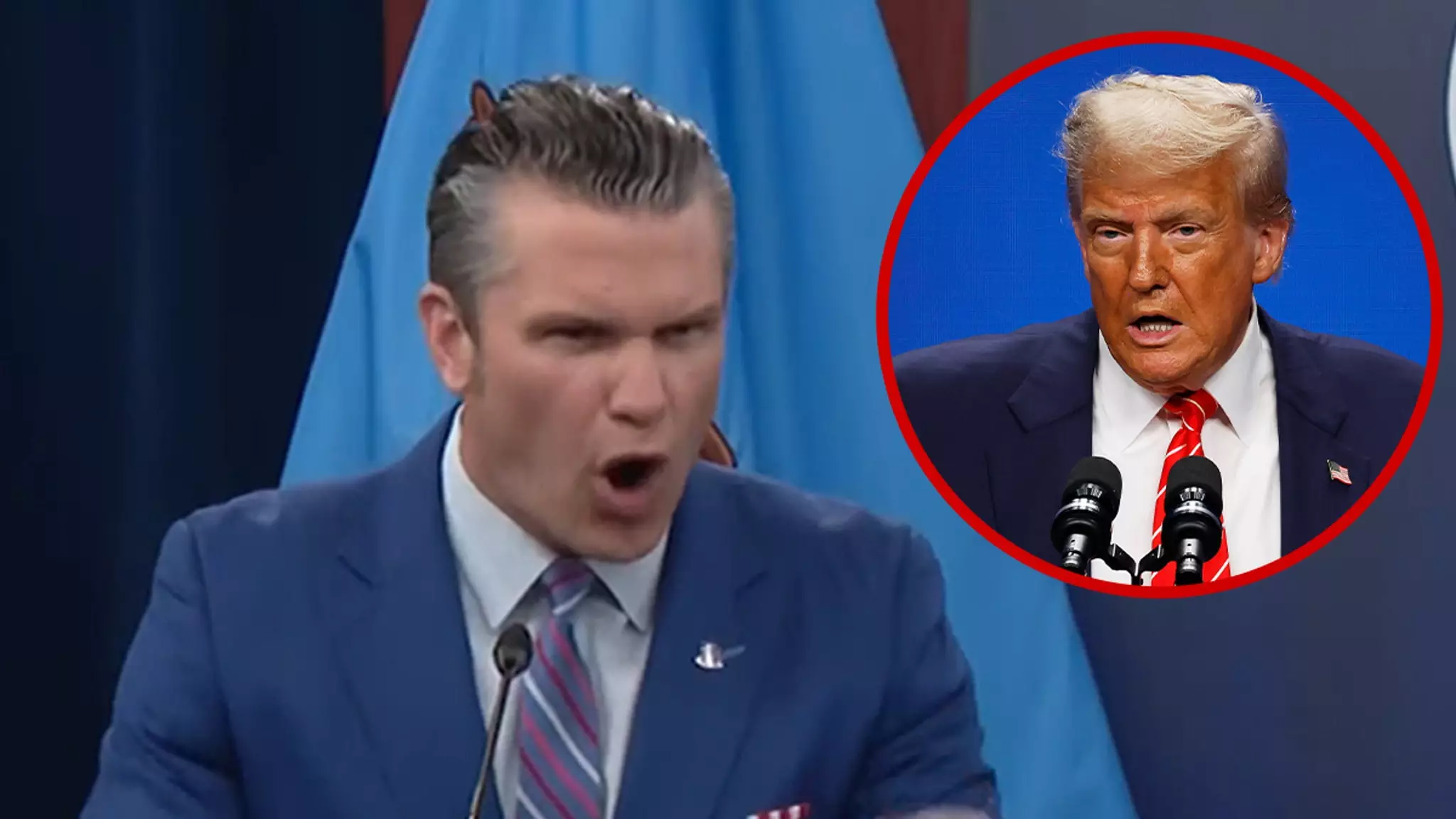In recent events, Secretary of Defense Pete Hegseth has launched a fervent critique against the press, illustrating the escalating tension between military leadership and the media amidst significant geopolitical shifts. His remarks, made in the wake of a Pentagon report suggesting that a recent military strike on Iran may have only temporarily hindered the country’s nuclear ambitions, offer insight into a larger narrative: that of a government striving to manage public perception while simultaneously wielding immense power.
Hegseth’s vitriolic rebuke of the media—branding their questioning as un-American—serves to underscore a sentiment held by many within the Trump administration: that media coverage is inherently biased against them. This perception is alarming, as it shifts the narrative from objective reporting to a blame game that risks undermining journalistic integrity. By accusing journalists of prioritizing partisan agendas over factual reporting, Hegseth diminishes the role of the media as watchdogs, essential for democracy.
The Accountability Dilemma
Central to Hegseth’s argument is the idea that media narratives distort the commendable actions of military personnel. He seeks to reframe the narrative, advocating for stories that celebrate the bravery and skill of those who execute military operations. However, this desire raises questions about accountability. Should the media not report on potential failures or missteps? The reality is that transparency is crucial, especially when lives are at stake, and invoking patriotism as a shield against critical coverage undermines the principles of accountability.
Hegseth’s passionate defense of the military reflects a troubling tendency to conflate criticism of military actions with a lack of respect for those who serve. While it is vital to honor the sacrifices of military personnel, it should not preclude honest and responsible journalism. In fact, the media’s role is to question narratives, challenge power, and vet the information that comes from the highest levels of government.
The Gendered Dimension of Criticism
Adding another layer to this complex conversation is Hegseth’s dismissive response to a journalist’s inquiry regarding a female pilot involved in the military action. His quick pivot to accusations of sexism reveals the defensiveness that permeates his rhetoric. By framing the question as an attack on the Department of Defense’s acknowledgment of service members, Hegseth disregards the importance of representing diversity within the military narrative. Gender representation is still a significant issue in journalism and the military; squashing discussions around it only serves to perpetuate systemic biases.
This interaction highlights the precarious bridge that journalists must walk: striving for balance while facing pushback from powerful figures who may not appreciate scrutiny. Reporting on women in traditionally male-dominated fields like the military should be encouraged, not ridiculed. It enriches the narrative and speaks to an evolving understanding of what service and bravery look like in contemporary society.
The Future of Military Journalism
With leaders like Hegseth at the helm, the relationship between the Trump administration and the media is unlikely to warm anytime soon. The challenge for journalists lies in upholding the principles of investigative reporting while navigating a landscape marked by hostility and defensiveness. In an era where information control is paramount, the media must remain steadfast in its commitment to truth, however uncomfortable that truth may be. Ultimately, the fundamental dynamic between the military and the press deserves careful scrutiny, lest we lose sight of our collective commitment to democracy and accountability.

